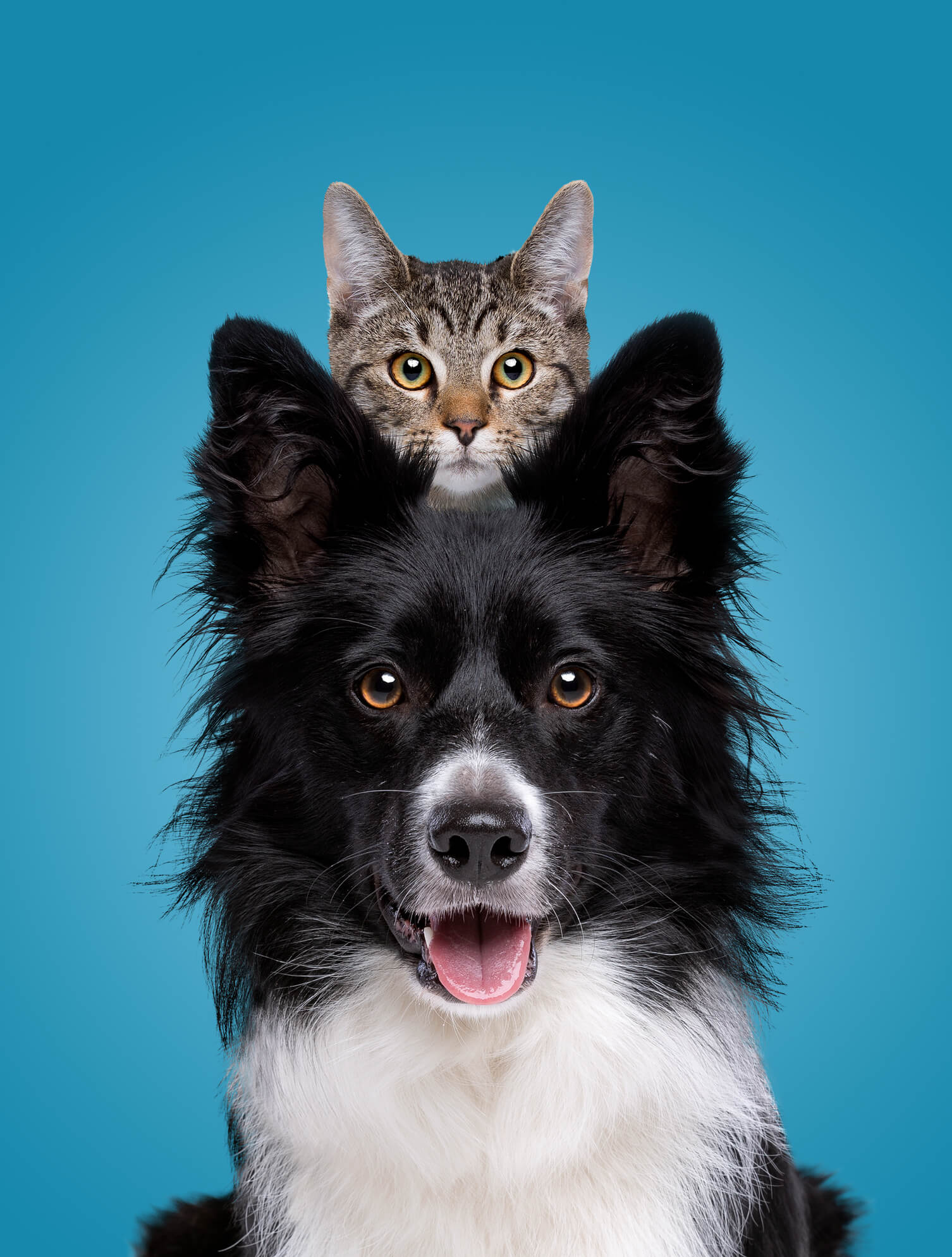In traditional medicine, the effectiveness of pet therapy as a support for the treatment of various pathologies is now taken for granted (in addition to normal drug therapies). Furthermore, it is known that it is of particular benefit also on a social and relational level for everyone, but especially for children, the elderly or the disabled.
HOW PET THERAPY IS BORN
Already the ancient Egyptians and the Greek peoples strongly believed in the therapeutic power of the interaction between people and animals.
Studies that contemplate the relationship between people and animals as a form of therapy are also found in England, from the end of the sixteenth century.
But to coin the term “Pet-Therapy” in recent times (in 1953) was Boris Levinson , child psychiatrist . Levinson noticed, in fact, that during his sessions with some autistic patients, the presence of his dog greatly improved the ability of these people to interact and relate. Over time Levinson worked to demonstrate the effectiveness of this treatment in terms of increasing self-esteem and empathy in individuals with autism.
WHAT IS PET THERAPY
Pet Therapy (also called AAT: Animal-Assisted Therapy ) is a gentle therapeutic modality with no contraindications or side effects, which is based on the interaction and relationship between people and animals .
Over the years it has been shown that this practice has beneficial effects in assisting the treatment of different types of pathologies , especially in the rehabilitation and convalescence phases. There are also numerous advantages for the development of the social, relational and emotional aspect of people, whether they are children, the elderly or the disabled.
The most loved animals for this practice are above all dogs , for their innate sociability and for the unconditional affection they know how to give to those around them. Cats too are often found , thanks to the heat they give off holding them in their necks and the proven benefits of their purring effect. If you want to deepen the link between feline purr and human well-being, read here .
But alongside dogs and cats, which remain the most popular animals, in pet therapy we also find more and more other types of animals such as: bunnies, guinea pigs, hamsters, parrots, but also horses, donkeys, goats, cows and even dolphins !
WHY IS PET THERAPY EFFECTIVE?
The great benefit of pet therapy comes from the power of the relationship that is established between human and pet . Animals, in fact, are endowed by their nature with great sensitivity and know how to give free and free love, serenity and affection to the people who interact with them.
But also the very act of taking care of another living being , be it a dog, a cat or a bird, generates one in the human being positive personal growth , for the benefit not only of the state of mind in terms of serenity and joy, as fundamental elements in terms of healing, but also because strengthens communication and social skills and develops empathy and altruism .
All this happens in a very natural, simple and spontaneous way, because in relating to an animal the human being does it without prejudice, without fear and without defense mechanisms , which allow the establishment of a healthy, easy and immediate emotional relationship.
WHO IS PET THERAPY USEFUL FOR?
The relationship with dogs, cats and other pets helps to break down psychological problems such as depression, anxiety, stress, panic attacks, and insomnia .
In fact, the benefits of pet therapy in reducing stress and anxiety levels are proven, as it improves blood circulation and regulates heart rate .
But its effectiveness has also been proven for cases of autism, attention or learning disorders, psycho-motor difficulties and neuroses . In particular, pet therapy has proved particularly useful in improving the state of Alzheimer’s patients , as well as for other types of senile dementia.
The results obtained with disabled people, people suffering from chronic diseases, and in general children and elderly people in excellent health are often beautiful and surprising, as regards the training of social and relational skills, as well as good mood.
Thanks to all these benefits, today in Italy (as in other parts of the world) pet therapy is an increasingly widespread and requested practice , especially in medical centers, retirement homes, but also in kindergartens and social centers.
Those who live with their pet daily can only confirm the goodness of these relationships every day!


